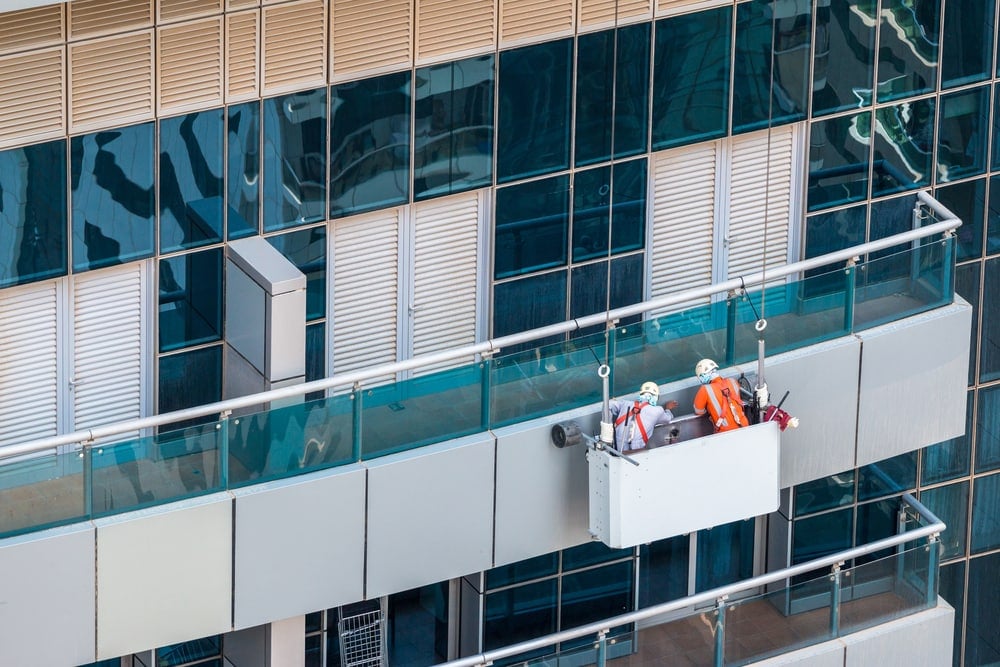A developer has won a case against a high-rise building designer – after opting to carry out remedial works.
Following the Grenfell Tower disaster developer BDW Trading investigated a number of high-rise buildings, finding issues with some of them.
The developer then carried out remedial works, despite having already sold the long leases of the flats.
BDW then brought a claim against designer URS Corporation related to defects in the design of the building, ultimately winning the Supreme Court case.
URS argued that BDW chose to carry out the works voluntarily and should therefore not be able to claim the money back. However, the Court of Appeal dismissed URS’s appeal.
Mark Christie and Amy Johns of solicitor firm Clarke Willmott, said: “In this case, the Supreme Court unanimously dismissed each ground of appeal brought by URS, thereby providing some much-needed clarity on when and how developers can recover from their supply chain the costs of fixing dangerous defects in buildings.
“The decision reinforces the goal of the Building Safety Act, which was intended to make it easier to pursue the parties who are ultimately responsible for defects and make them bear the costs of fixing unsafe work.
“Developers will welcome the decision – as it provides legal precedent for them to recover the costs of remedial works, even for historic defects. However, for contractors, designers and consultants who may be implicated in historic works which are said to now be unsafe and/or in need of rectification, the ruling increases the likelihood of claims being brought against them under the new legislation.
“For the construction sector in general, it is likely that past projects will be subject to more scrutiny, and that developers will feel more comfortable proceeding with remedial works, knowing that there is likely to be recourse for them to pursue their supply chain under the extended Defective Premises Act limitation periods.”
The Grenfell Tower disaster took place in 2017, resulting in the deaths of 72 people, which prompted the government to launch the Building Safety Act 2022.
June 2022 saw Section 135 of the Building Safety Act come into force, which retrospectively extended the limitation period under Section 1 Defective Premises Act (DPA) 1972 from six to 30 years.
As a result, BDW amended its claim to include claims under the DPA and the Civil Liability (Contribution) Act 1978, as well as in the tort of negligence.
